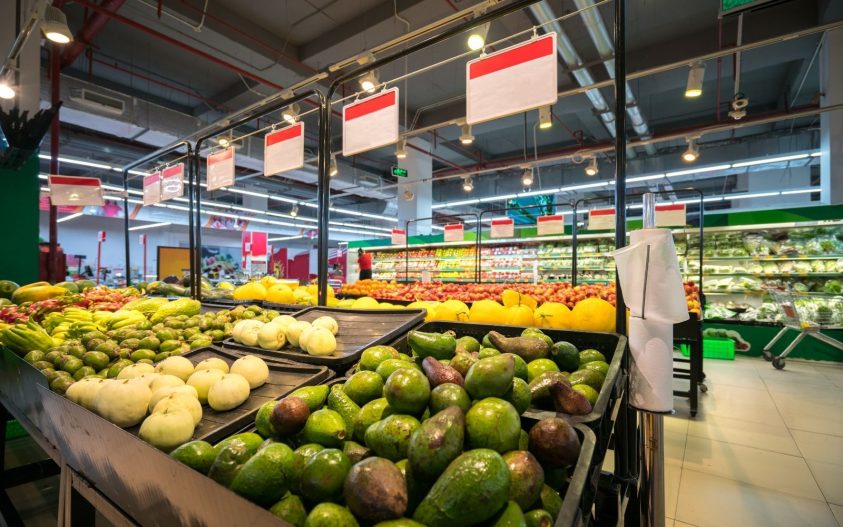Latest storage-ripening
What Is Ethylene Gas and Why Is It Shortening Your Fruit’s Shelf Life?
Ethylene is a natural phytohormone produced by plants and climacteric fruits, but also exists in the supply chain through anthropogenic sources. Ethylene accelerates unplanned ripening processes, causes decay, and increases susceptibility to physiological problems and pathogens. The effects of ethylene depend on fruit maturity stage, species, cultivars, the concentration and exposure duration of the gas,… Continue reading…
Additional reading
How the Fruit Ripening Process Affects Freshness and Quality
Respiratory rate, ethylene sensitivity, and production are the main criteria for differentiating ripening patterns. Respiratory peaks that trigger ethylene production start the ripening process in climacteric fruits. Ethylene sensitivity, production, and respiration hike are minimal or absent in non-climacteric fruits. Several fruits show varying degrees of ethylene sensitivity and production and defy neat classification in… Continue reading…
Fruit Cuticle Impact on Postharvest Quality: What You Need to Know
The cuticle is crucial in the postharvest stages as it is the interface between fruits and external biotic and abiotic conditions. Cuticle impact on postharvest quality has several protective functions and is a barrier to water loss, mechanical injuries, UV light, and pest and microbial attacks. It can also alter postharvest fruit firmness and appearance.… Continue reading…
How to Extend the Shelf Life of Fresh Produce: Innovations in Gas Monitoring and Controlled Atmospheres
Extend the shelf life of fresh produce: Oxygen, carbon dioxide, and ethylene are monitored in all postharvest stages, including controlled atmosphere storage and transport facilities and modified atmosphere packaging. Ethylene is monitored to manage and maintain fresh produce quality, ripeness, and shelf life by detecting ethylene accumulation hotspots. Oxygen and carbon dioxide estimation helps to… Continue reading…
How to Improve Post-harvest Quality in Fresh Produce
Factors affecting post-harvest quality are determined by harvest time, method, and fresh produce maturity. Subsequent postharvest handling during precooling, sorting, grading, packaging, storage, and transport conditions will also influence fresh produce quality and marketing time. Significant differences exist in postharvest technology between developing and developed countries. Fresh produce is highly perishable and suffers from physical… Continue reading…
FDA’s New Final Food Product Traceability Rule: FSMA 204 Explained
Traceability is a critical aspect of modern food supply chain management, contributing to food safety, quality assurance, and the overall integrity of the food industry. The Final Rule of the FSMA 204 focuses on detailed and rapid communication of information on food products on the Food Traceability List to trace and remove unsafe food. The… Continue reading…
Five Significant Postharvest Fruit Analysis Research Findings in 2023
Research focuses on finding alternatives to safe chemicals for people and the environment to enhance postharvest quality. The studies also consider the impact of soil-less and greenhouse cultivation on fresh produce quality. Scientists are addressing gene expression and antioxidant action that regulates physiology in postharvest quality and injury response. The standard quality parameters used to… Continue reading…











